In the fast-paced world of digital dentistry, the debate between milling and 3D printing continues to be a hot topic.
At iDD, we're committed to bringing you the latest insights from industry leaders to help you navigate this rapidly changing landscape. Following our recent discussion with Alex Sanders about AI-powered diagnostics, we're excited to dive into another crucial aspect of digital dentistry.
We recently had the pleasure of sitting down with Max Milz, Group Vice President for Connected Technology Solutions at Dentsply Sirona, to get his take on the milling vs 3D printing debate. As a company that offers both technologies, Dentsply Sirona is uniquely positioned to provide an unbiased perspective on their respective strengths and applications.
The Current State of Milling and Printing
One of the key takeaways from our conversation with Max was the current adoption rates of these technologies. According to Max, "10 to 20% percent of dentists mill in-house." This means there's still a vast untapped market for in-office milling solutions.
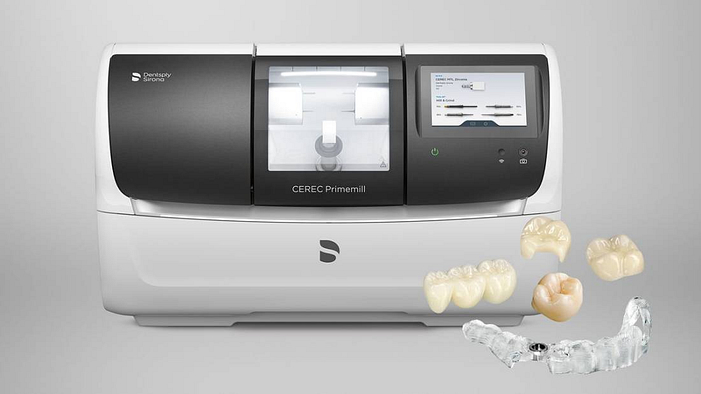
When it comes to what dentists are actually using these technologies for, Max shared some interesting insights:
"If you look at any study or also our internal statistics, what do people actually do with a printer? Models is the single biggest thing people do, followed by surgical guides, followed by night guards. Everything else is far, far away. And if you look at mills, what do people do on a mill? It's crowns. crowns, crowns, crowns, crowns."
This data aligns closely with what we've observed at iDD and highlights the complementary nature of these technologies in a modern dental practice.
The Hype vs Reality of 3D Printing
While there's a lot of excitement around 3D printing in dentistry, Max emphasized the importance of looking beyond the hype:
"I think there's definitely a big hype about 3D printing, a lot of people are excited. I would say it differs still quite a bit between different countries. Some countries are more excited about them, some are more conservative."
He also pointed out that adoption rates vary significantly by region, with the US leading the charge in enthusiasm for 3D printing technology.
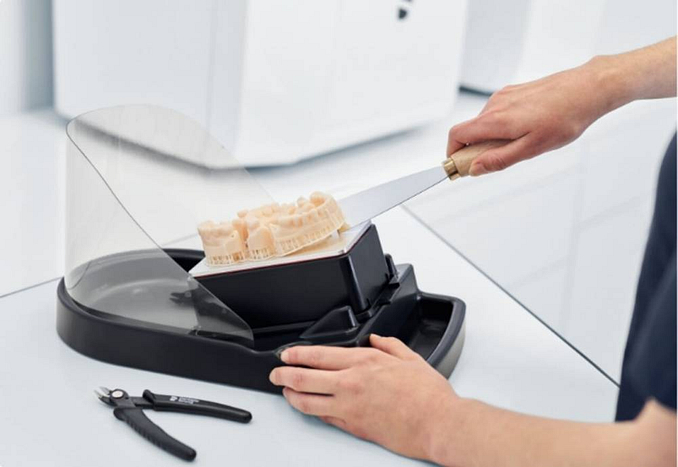
The Future of Milling and Printing
Despite the buzz around 3D printing, Max believes both technologies have their place:
"Only 10% percent said it's cannibalistic. 50% percent said it's complementary and 40% percent say it's neither nor."
Max emphasizes that the choice between milling and printing often comes down to the specific application:
"I think to put that very simply, at this stage, printing is for everything that's temporary and millings for everything that's permanent. And that's a function of the materials and of the manufacturing process that you're using."
This aligns with our experience at iDD. While 3D printing offers exciting possibilities for temporary restorations and models, milled restorations still offer superior strength and longevity for permanent solutions.
The Role of AI and Cloud Technology
Looking to the future, Max highlighted the potential for AI and cloud technology to further streamline digital workflows:
"As we further develop DS Core, of course, at some point the design part of CEREC and inLab will become a part of DS core completely."
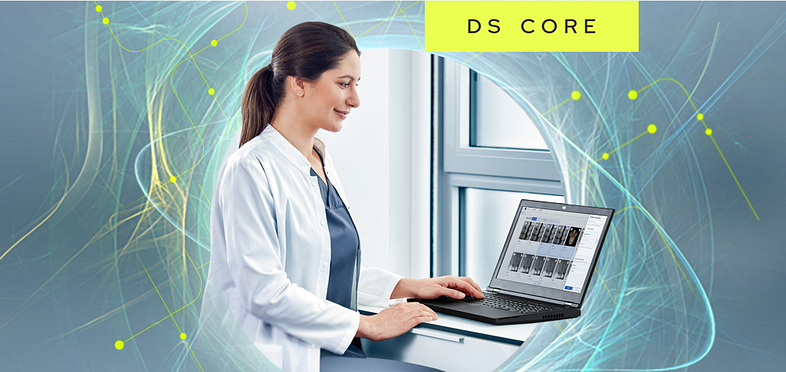
This move towards cloud-based solutions could potentially open up CEREC's powerful chairside workflow to a wider range of scanners and systems. It's an exciting development that could make advanced digital workflows more accessible to a broader range of practitioners.
Material Considerations
When discussing materials, Max pointed out an interesting difference between milling and printing:
"With blocks you have the flexibility, you have a full range of different colors. Now, of course you could also have a full range of different resins, but resins also have a certain shelf-life, right? So if you buy ten different bottles and you don't print a whole lot, you might end up throwing away some of the resin and then it's a question again, did it really pay off?"
This is an important consideration that often gets overlooked in the milling vs printing debate. While 3D printing materials offer flexibility, they also require careful inventory management to avoid waste.
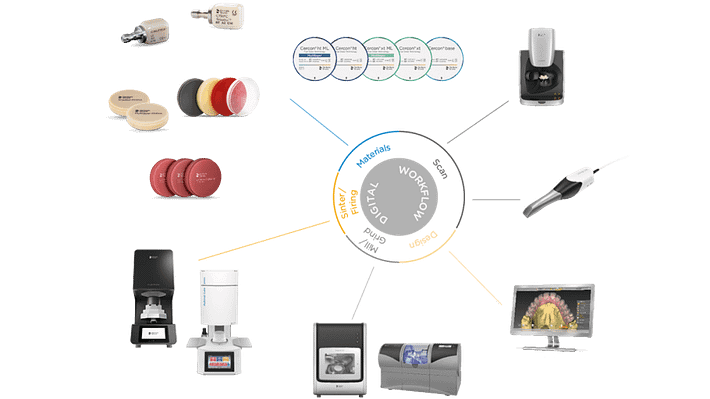
The Importance of Workflow
Throughout our conversation, Max emphasized the importance of considering the entire workflow, not just the individual pieces of technology:
"I think it's more about think about the procedure, the benefit to the patient that you're trying to offer, and which technology adds what, and how do you bring them together?"
This holistic approach aligns perfectly with what we teach at iDD. It's not about having the latest gadget, but about how you can integrate these technologies to improve patient care and practice efficiency.
Our Take
At iDD, we've long advocated for a balanced approach to digital dentistry adoption. While 3D printing is undoubtedly exciting and offers a lower barrier to entry, milling remains the gold standard for permanent restorations.
We wholeheartedly agree with Max's advice to "Get hands on. Get demos and really try it out." There's no substitute for firsthand experience when it comes to integrating new technologies into your practice.
It's also crucial to consider the total cost of ownership, not just the initial purchase price. As Max pointed out:
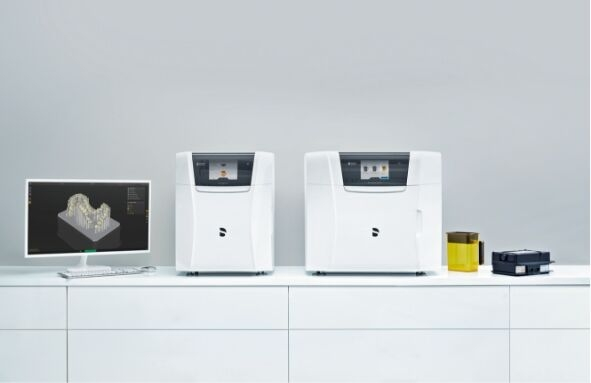
"People need to look at the complete cost of a printing solution. The great thing about PrimePrint is you don't need an external suction unit. So you don't have to worry about fumes. You don't have to worry about handling chemicals. It's very easy plug and play, right?"
These are important factors to consider when evaluating any new technology for your practice.
Conclusion
As the digital dentistry landscape continues to evolve, we'll keep bringing you insights from industry leaders to help you make informed decisions for your practice. The milling vs printing debate is far from over, but one thing is clear - both technologies have a place in modern dentistry.
Whether you're milling or printing, the goal remains the same - delivering the best possible care to your patients through advanced digital technologies.
By understanding the strengths and limitations of each approach, you can make informed decisions about which technologies to adopt in your practice.
Stay tuned for more cutting-edge content from iDD as we continue to decode the world of digital dentistry!

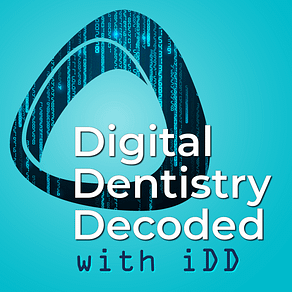
The importance of digital dentistry is growing in devolping country now in speed. But due to lack of knowledge, skills and awareness it will take a bit time. So I think a clinical work shops must be arranged by the digital devices companies to bring awareness and to devollpe digital skills. Which will be beneficial both for companies, patients and for Dentist.
Totally agree.